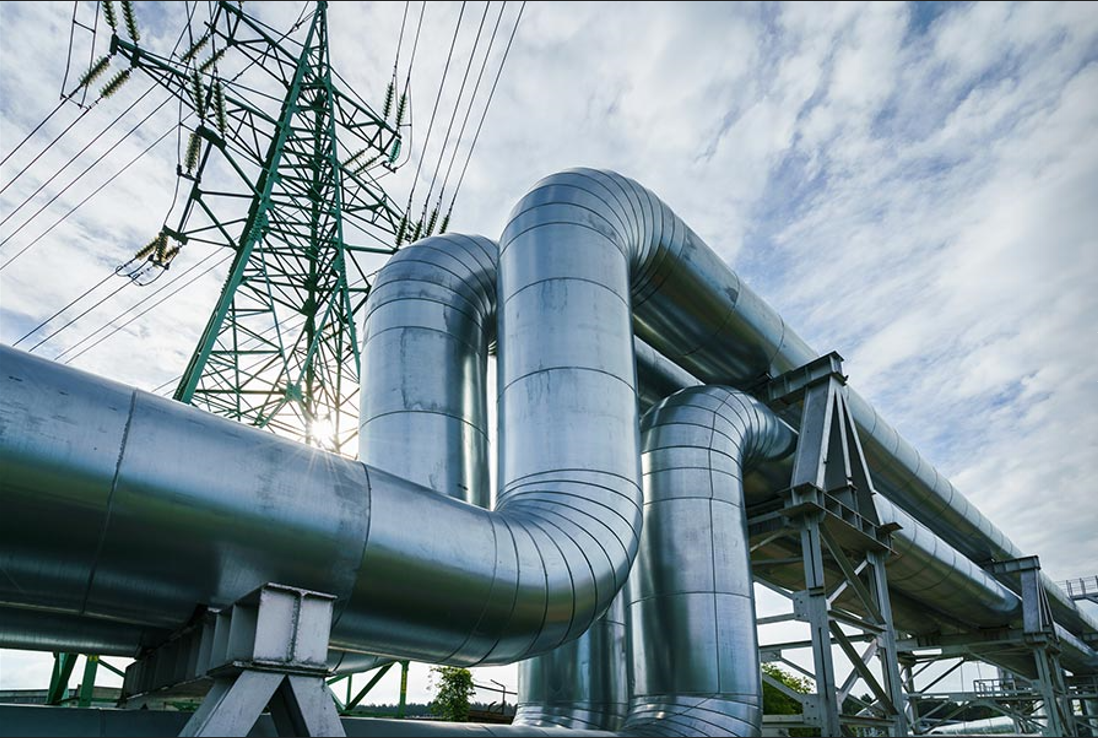Appalachia’s natural gas industry stands “ready to do our part” to meet demand for clean, affordable natural gas, but infrastructure constraints stand in the way of fully unleashing America’s energy abundance, top industry executives said during first quarter earnings announcements.
“All we need to do is build pipelines and more LNG infrastructure,” EQT CEO Toby Rice said.
The Appalachia natural gas industry has historically faced pipeline constraints, which have led to deep local pricing discounts. Even with some key projects coming online in recent years – including Atlantic Sunrise, Rover Pipeline, Mariner East, among others – pipelines are generally operating at full capacity, constraining the ability to move Appalachia-produced natural gas to key demand centers. Extreme environmental actions, politicization of the review process, permitting delays, and regulatory red tape have stymied or even led to the cancellation of major pipeline arteries leading to the Northeast and Southeast.
Here’s what they’re saying on the need to unleash energy infrastructure:
Tom Karam, CEO, Equitrans Midstream: On the need for more pipelines, Karam stated “there is starting to be more public acknowledgement that this will require major infrastructure investments and the administration support to build them by ensuring that the permitting process at a federal level is clear, consistent and as expeditious as possible.”
Toby Rice, CEO, EQT Corp.: “To achieve the largest green initiative in the world, one that will help blunt the humanitarian and inflationary impacts of our global energy insecurity, all we need to do is build pipelines and more LNG infrastructure. No technology breakthroughs, no subsidies, nothing but building what we’ve built for decades.”
Alan Armstrong, CEO, Williams: “We recognize the need for reliable, affordable and clean energy that can keep up with the growth that the world demands on a global scale. Williams has critical infrastructure connected to the best natural gas basins in the United States to serve these growing needs.”
During our first quarter 2022 earnings call today, Williams leadership spoke about the critical role natural gas is playing in a clean energy future both at home and abroad. Catch the replay at https://t.co/De1FhGPAQ8 pic.twitter.com/DGMcwqjO9w
— Williams (@WilliamsUpdates) May 3, 2022
Nick DeIuliis, CEO, CNX Resources: “Nation’s producers can’t ramp up gas volumes quickly because of infrastructure constraints. Setbacks are simply and starkly because of policy that has consciously and methodically looked to strangle infrastructure investment in the pipes, processing, power generation and LNG infrastructure that is needed to meet the world’s energy demand.”
Jeff Ventura, CEO, Range Resources: “The industry is currently hindered by a lack of additional infrastructure due to permitting delays, policy decisions and rhetoric that discourages long term capital investment in natural gas and natural gas infrastructure.”
Nick Dell’Osso, President & CEO, Chesapeake Energy: “While we have not and will not ask the government for any financial support, we would like to see the legal and regulatory environment embrace the need for infrastructure to ensure we can provide reliable, affordable, lower carbon energy to limit energy poverty, and blunt the impact when access to energy is used as a weapon.”
Tom Jorden, CEO, Coterra Energy: “Now the terrible tragedy in Ukraine and the loss of Russian oil and gas supplies have led to an energy crisis, unlike anything the world has seen in almost 50 years. In order for the US E&P sector to respond with increased US supply, we need well-thought-out regulation and policies that encourage responsible resource development and infrastructure build-out…. We need support out of the American public, and we need the will to solve this problem. The American producers stand ready to do our part.”
David Slater, CEO, DT Midstream: “The price environment is also sending a strong signal to drill in Appalachia. With takeaway capacity constraints in the basin, there is a high demand for any existing capacity or easily expanded capacity to get gas further downstream towards markets.”
Tim Aydt, Executive Vice President & Chief Commercial Officer, MPLX: “There’s a lot of forecasts out there that are predicting up to 6 Bcf a day of increased demand by 2028. And that’s going to obviously be a big pull on — not only the processing — but also the pipeline takeaway capacity. So, I think you’re starting to see that as it moves. The LNG markets are growing. I think you’re going to continue to see investments needed across the midstream in that regard.”





